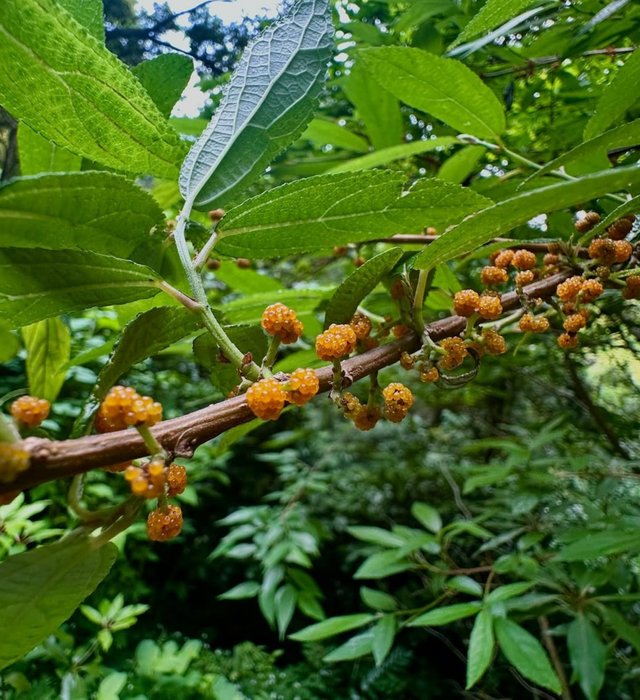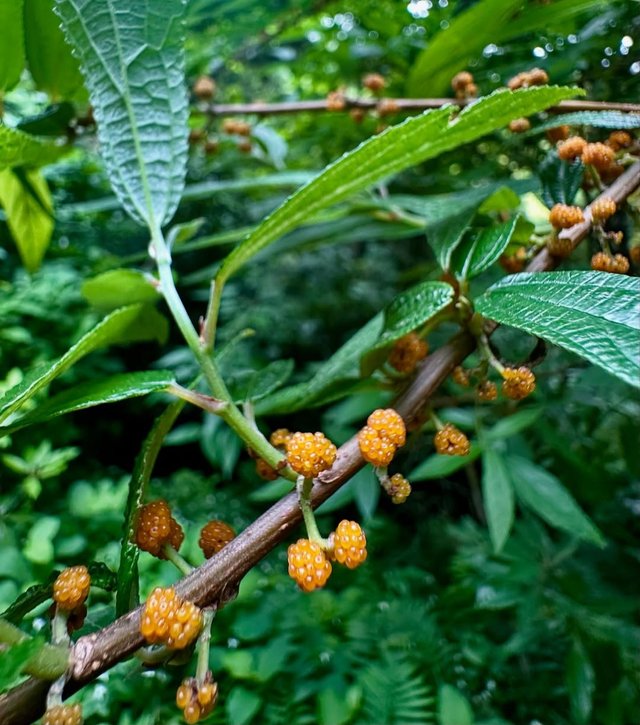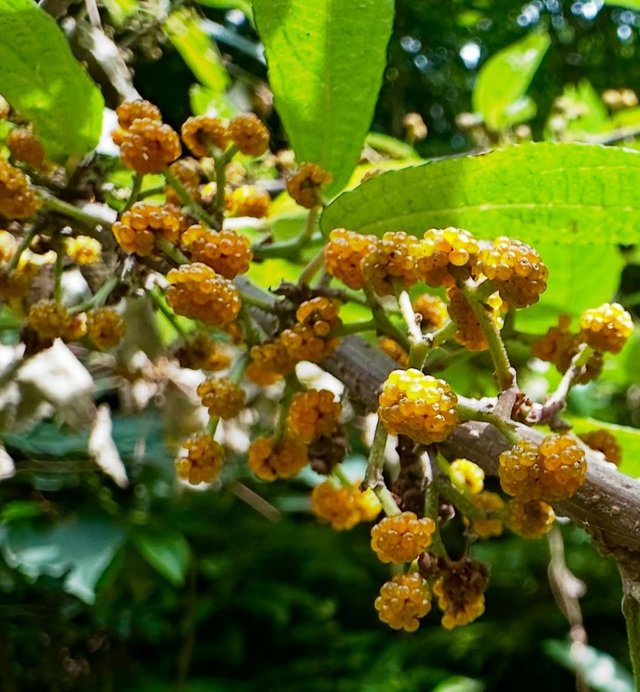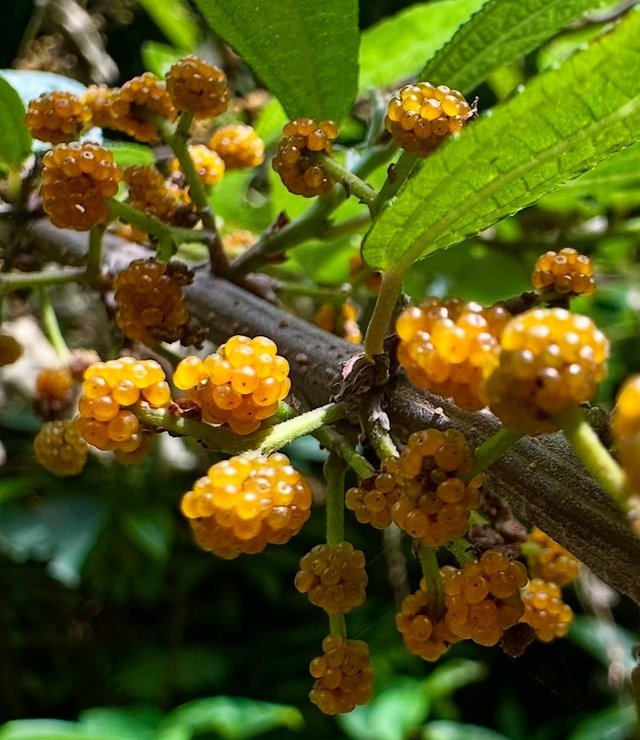Rubus Ellipticus So Testy Fruit
Rubus ellipticus: The Yellow Himalayan Raspberry
Rubus ellipticus, commonly known as the yellow Himalayan raspberry, is a striking and lesser-known member of the Rubus genus, which includes well-known relatives like raspberries and blackberries. Native to the Indian subcontinent and parts of Southeast Asia, Rubus ellipticus is not just a botanical curiosity—it’s a plant of ecological, cultural, and even invasive significance.
Botanical Overview
Rubus ellipticus is a deciduous, spiny shrub that typically grows up to 3 meters tall. Its arching, woody stems are covered with dense bristles and prickles. The leaves are trifoliate—composed of three elliptical or ovate leaflets, hence the name "ellipticus." The underside of the leaves is pale and fuzzy, contrasting with the deep green of the upper surface.
The plant blooms in early spring with small white to pale pink flowers, which are five-petaled and typically arranged in clusters. These flowers are followed by the distinctive yellow fruit—aggregate drupes resembling raspberries, but golden-yellow in color when ripe. The fruits are sweet and juicy, with a mild flavor that has made them popular in local diets and traditional medicine.
Habitat and Distribution
Originally native to the Himalayan region—including Nepal, northern India, Bhutan, and parts of Myanmar—Rubus ellipticus thrives in subtropical and temperate climates. It grows at elevations from 1,000 to 2,500 meters, often colonizing disturbed areas such as roadsides, forest edges, and clearings.
In its native range, it plays an important role in the ecosystem, offering food for birds, mammals, and insects. However, the plant has also spread beyond its native habitat—both intentionally and accidentally—and has become invasive in certain regions, notably Hawaii.




%20(8).jpeg)